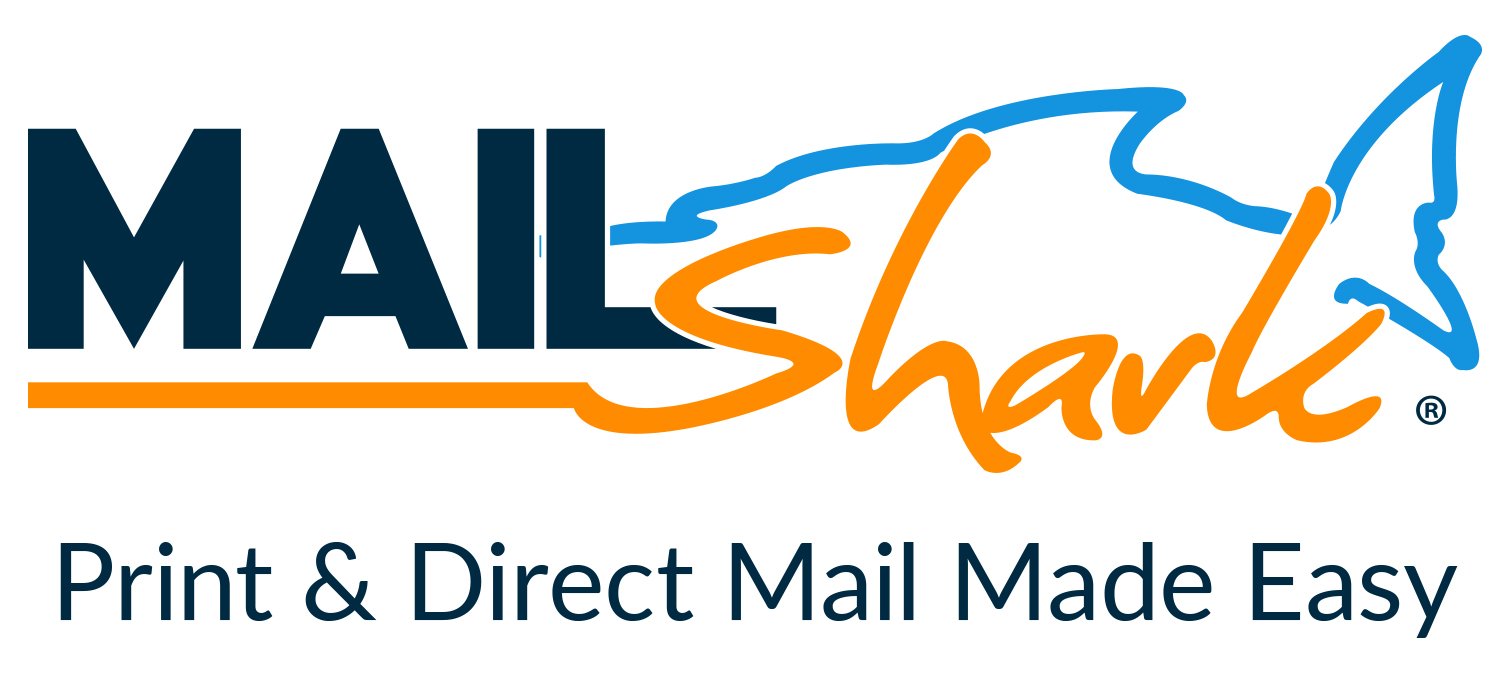We ended Part 2 of this blog series with “Calculation of Average Monthly Payroll Costs for NAICS Code 72 Entities That Qualify as Seasonal Employers or as New Entities:” This is another great reason to check out the SBA’s website www.sba.gov or go to your local SBA office for additional information.
Beginning Part 3, we start with expanding on this rule from the New PPP Regulations:
“Bankruptcy Prevents Borrowers from Receiving a Second Draw PPP Loan:”
The Interim Final Rules (IFR) state that if your business is in bankruptcy, you will not be approved for a PPP loan. Congress gave the SBA to defer that decision to bankruptcy judges but did not choose to exercise that option.
Again, don’t shoot the messenger please? I was shocked by this decision myself. I encourage you to look at the language from the IFR but will not insert them here.
Here’s a quote from the IFR to give you a taste.
“If the applicant or the owner of the applicant is the debtor in a bankruptcy proceeding, either at the time it submits the application or at any time before the loan is disbursed, the applicant is ineligible to receive a PPP loan.”
There is more that discusses the timing of when you file for bankruptcy and that’s where the hairs start getting split. If you find yourself in this possible gray area, check out the IFR.
There is a new way to account for a 25% reduction in revenue that will qualify you for a second PPP loan. Here’s the language:
“A borrower that was in operation in all four quarters of 2019 is deemed to have experienced the required revenue reduction if it experienced a reduction in annual receipts of 25 percent or greater in 2020 compared to 2019 and the borrower submits copies of its annual tax forms substantiating the revenue decline.”
Here’s the idea. If your shop had a reduction of annual receipts (when comparing 2019 to 2020) while in operation in 100% of 2019 and 2020, then you meet the criteria. Another wrinkle is that you must have already qualified before taking the revenue reduction into account. The IFR does make this simpler than it was before. If you want to find out the reasons the SBA created a variable method of figuring their reduction in revenue, check out the IFR or we can have a conversation. I’m here for you.
Lastly, you can still qualify for the second draw when you have a reduction of 25% in revenue by proving that you had the reduction in one quarter of 2020 when compared to the same quarter in 2019. For example, if you had the revenue reduction in the 1st quarter of 2020 when compared to the 1st quarter in 2019, you qualify.
Here’s the second and last topic for this blog. My eyes are starting to cross so hang in there.
Second Draw PPP Loan Application and Documentation Requirements:
If you are wanting to make application, you should do that as soon as the application is available. It may be available now, so check it out.
The IFR did specify the documentation requirements, so here we go.
The documentation standard is essentially the same as the first draw PPP loan. If you meet these requirements, no additional proof of payroll costs is required. These requirements come straight from the IFR:
If the applicant:
- (i)used calendar year 2019 figures to determine its First Draw PPP Loan amount,
- (ii) used calendar year 2019 figures to determine its Second Draw PPP Loan amount (instead of calendar year 2020), and
- (iii) the lender for the applicant’s Second Draw PPP Loan is the same as the lender that made the applicant’s First Draw PPP Loan.
When you meet the standards from above “Additional documentation is not required because the lender already has the relevant documentation supporting the borrower’s payroll costs.”
Even if you do meet the standards from above, the IFR allows lenders that latitude to request additional documents if the lender “concludes that it would be useful in conducting the lender’s good-faith review of the borrower’s loan amount calculation.” Here some plain language. The bank can ask for more documents to review your calculation of the loan amount.
When you are asking for a second round PPP loan that is greater than $150,000 you have to submit documents that are “adequate to establish that the applicant experienced a revenue reduction of 25% or greater in 2020 relative to 2019.” An example of the documents is:
- Relevant tax forms, including annual tax forms, or
- Quarterly financial statements or bank statements if relevant tax forms are not available.
Hello Ms. Bookkeeper, do you have a handle on this stuff?
I’m confident I do, so if you want to talk, let’s schedule a time to meet soon.
In part 4 of the series, we’ll start with:
For Second Draw PPP Loans of $150,000 or Less, Revenue Reduction Documentation is Not Required to be Submitted at the Time the Borrow Submits an Application for a Loan:
See you back here for Part 4.
Natalie Paris
https://threeriversbookkeeping.com/
907-331-0208














Recommended Comments
There are no comments to display.
Create an account or sign in to comment
You need to be a member in order to leave a comment
Create an account
Sign up for a new account in our community. It's easy!
Register a new accountSign in
Already have an account? Sign in here.
Sign In Now